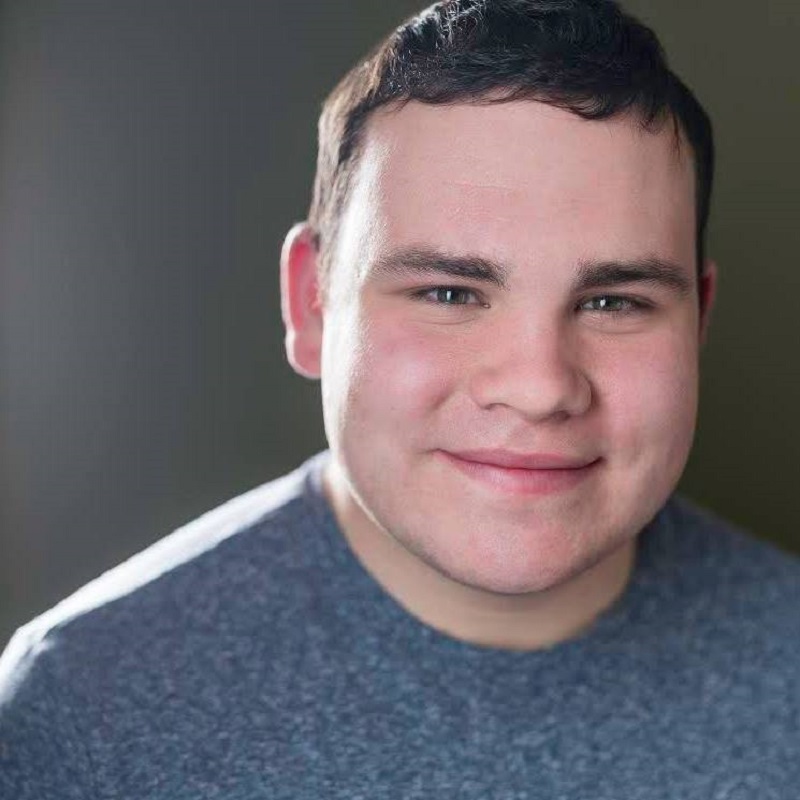I’m always astounded by what the ASC does to Shakespeare. One of the most important principles that guide the American Shakespeare Center is that we use “Shakespeare’s original staging conditions”. We do plays here using only the techniques that were available to an early modern theater. No lights, no sounds, no elaborate sets.
When you strip these elements away, you are left with the essentials of theatrical storytelling. The focus is shifted onto the performer…and the audience! In Shakespeare’s time, there was no “fourth wall”. This assumed separation between audience and performer is a decidedly modern idea, and it radically changes how stories operate when you take it away.
Yesterday, the students had a workshop where they learned about the various ways a performer can interact with the audience. If your character has a lengthy speech about people who never show up in the play, maybe you can use audience members to “play” the absent character. If your character needs somebody on their side maybe you can try to enlist the audience to be your ally. If you ask a question in the middle of your monologue, maybe try leaving space for an audience to answer (you might be surprised how often they will).
Whenever a student found an informed place to utilize one of these techniques in the workshop, their performance became far more dynamic. What excites me about this work more than anything is that it is medium specific (Cortland gets REALLLLLL pumped about medium specificity). These audience contact moments are inherently theatrical. You can’t do it in film. You can turn to the camera and talk but you can’t play off of an audience. This audience contact helps create a communal storytelling experience. Instead of “losing yourself in the story” you become hyperaware of YOUR role as an audience member or YOUR role as a performer.
As I watched this workshop, what had occurred to me is that we aren’t just giving these students acting training. They are learning about how to be theatrical storytellers. They are learning how to use their skills as actors in a medium-specific context and it’s flexing their broader artistic muscles. To see them so game to engage in this, makes me SOOOO happy.



